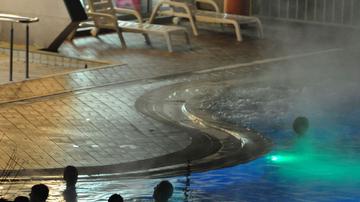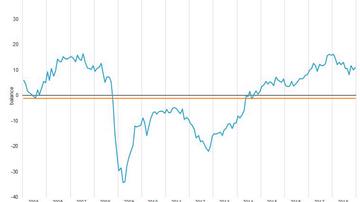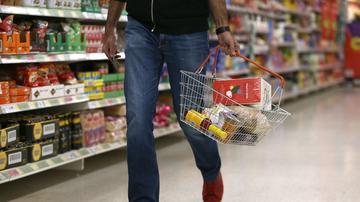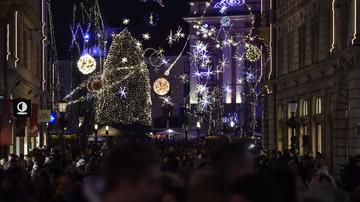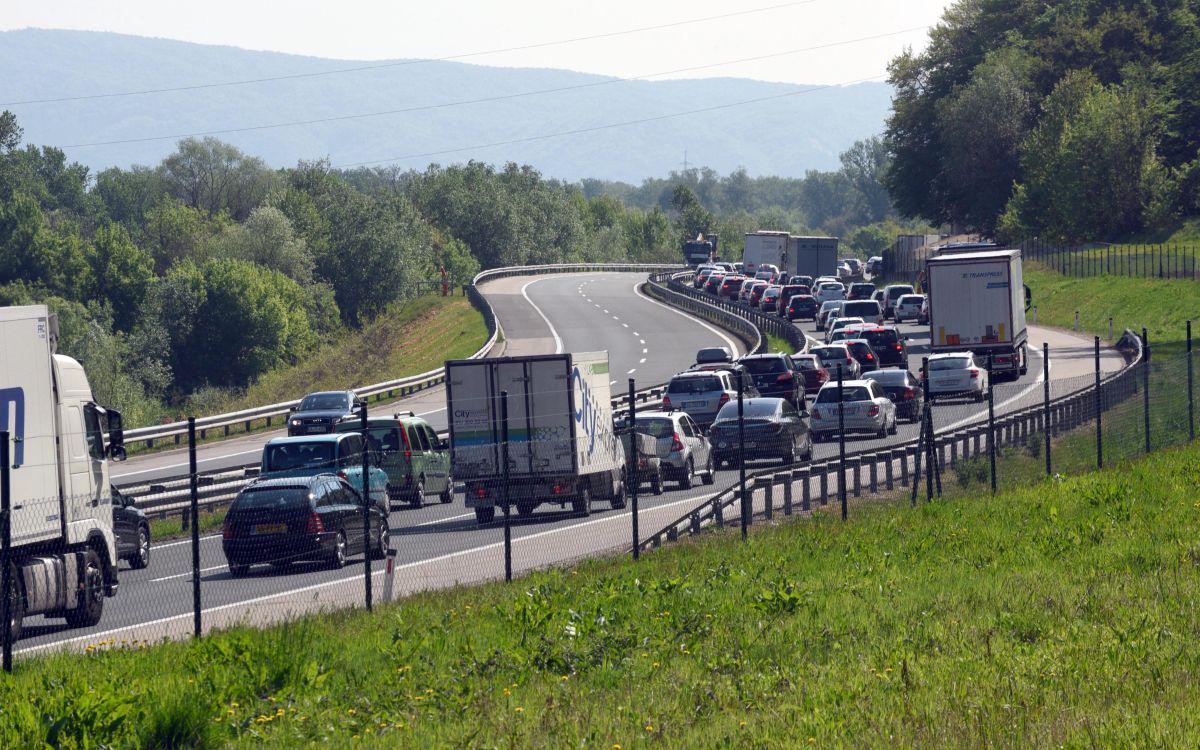
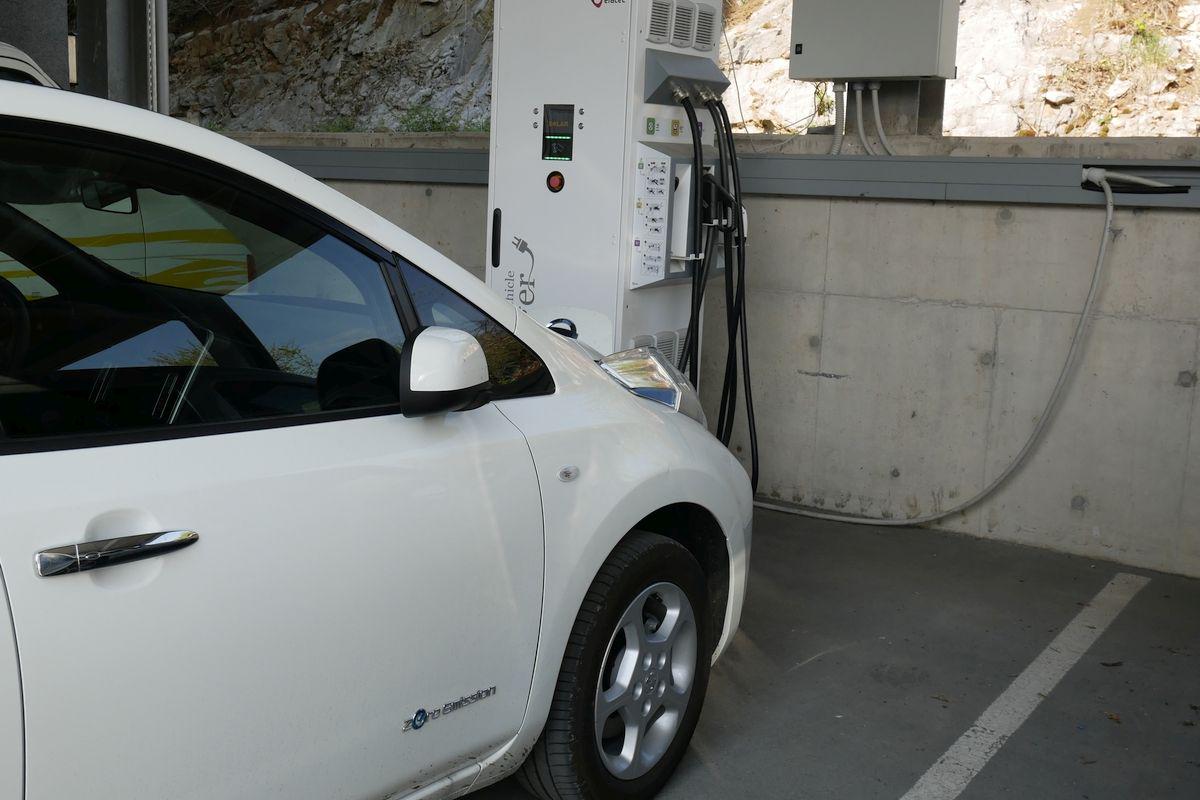
Between 16 and 22 September many cities and towns in Slovenia will celebrate the 16th European Mobility Week, which will conclude on Friday, 22 September, with the Car Free Day.
This year’s central theme »Clean, shared and intelligent mobility« summarises the slogan Sharing Gets You Further, which tries to promote the use of shared mobility contributing to lower environmental pollution. Traditional transport patterns are expanded by new forms of covering distances; there is a shift from having to sharing. Transport can be shared in several ways.
In several cities and towns in Slovenia (Ljubljana, Maribor, Kranj, Velenje, Murska Sobota, Piran, etc.) the use of public passenger transport is successfully complemented by the bicycle sharing systems (or bikeshares). The system enables to its users to borrow a bicycle at one bicycle station and return it at any other bicycle station in the same city/town.
Carpooling
People can also share cars. There are two ways to do that. In Slovenia to so-called carpooling – i.e. people arranging at the workplace, faculty or via web portals to share a car ride – is becoming ever more popular among the employed and students. Passengers share the cost of transport, and with a smaller number of cars on the roads contribute to lower environmental pollution. The most popular carpooling portal in Slovenia is Prevoz.org.
Car sharing
The second way of sharing a car is the so-called carshare, which is intended for short-time rental of a vehicle to travel shorter distances in the city/town or between cities/towns. In Slovenia such a system has been available since July 2016. Today one can borrow 100% electric cars in Ljubljana, Murska Sobota, Maribor and Kranj.
Slovenes still prefer using cars
Despite the various options of shared mobility, the most commonly used means of passenger transport in Slovenia is still a car. According to Eurostat estimates, in 2014 86% of total passenger kilometres were performed by cars. Cars are followed by buses (12% of passenger kilometres) and trains (2% of passenger kilometres).
In the past ten years the number of cars in Slovenia increased by 11% (in 2006: 980,261; in 2016: 1,096,523). Almost every other resident of Slovenia owned a car in 2016. The European comparison shows that Slovenia with 523 cars was 9th in terms of the number of cars per 1,000 population. In 2015 most cars per 1,000 population were registered in Luxembourg (661), while the European average was 581. Households in Slovenia are also close to the top as regards their expenditure for personal mobility, i.e. they are second, just behind Luxembourg. In 2015 households in Slovenia spent on average 16% of total assets on buying a car, on the operation of a car and on buying transport tickets, which is 3 percentage points more than the European average.
The car fleet in Slovenia is getting older
Since the turn of the millennium the average age of cars has been growing; in 2000 it was 6.8 years and 2015 9.7 years. The share of cars aged less than 3 years is falling (2000: 24%; 2016: 11%), while the share of cars aged 12+ has more than doubled in the past 16 years (2000: 16%; 2016: 38%).
The ageing of the car fleet leads to problems with increased emissions and lower fuel economy, while end-of-life cars are hazardous waste due to substances they contain. In the 2007–2012 period the number of end-of-life cars declined by 35% (from 8,400 in 2007 to 5,447 in 2012).
The number of new cars registered for the first time has been growing in Slovenia since 2012
As regards environmental pollution as well as transport safety, it is encouraging that the number of new cars registered for the first time has been growing since 2012. At the end of 2016, 65,000 new cars were registered for the first time in Slovenia, which is 7% more than a year before.
In Slovenia the share of cars running on alternative fuels is negligible, in EU on the rise
In addition to the technology of new cars, pollution is lowered by cars running on alternative fuels, i.e. not on petrol or diesel. In the EU the share of new registered cars running on alternative fuels is slowly growing (EU average in 2012: 2.2%, in 2015: 3%). Most cars running on alternative fuels are registered in Poland (in 2015: 16% of all cars; 90% of them running on liquefied petroleum gas), and half as many in Latvia and Italy (in 2015: 8% of all cars in each). The share in Slovenia is only 1%.
Did you know?
· Bicycle sharing systems have been introduced in over 230 cities across Europe, most of them in France, Spain and Italy.
· The largest bicycle sharing system is Europe operates in Paris – it has around 20,000 bicycles and 1,800 bicycle stations.
· The largest platform for carpooling is the French platform BlaBlaCar with over 20 million members in 19 countries.
· The first car sharing system was set up in Zürich in 1947. Today the leading countries in this area are Switzerland and Germany.
· People sharing cars on average travel 40% less after they have joined the car sharing scheme.
· In 1999 the French city of La Rochelle introduced the first system of electric car sharing.
Source: European Secretariat. 21. 8. 2017





















































